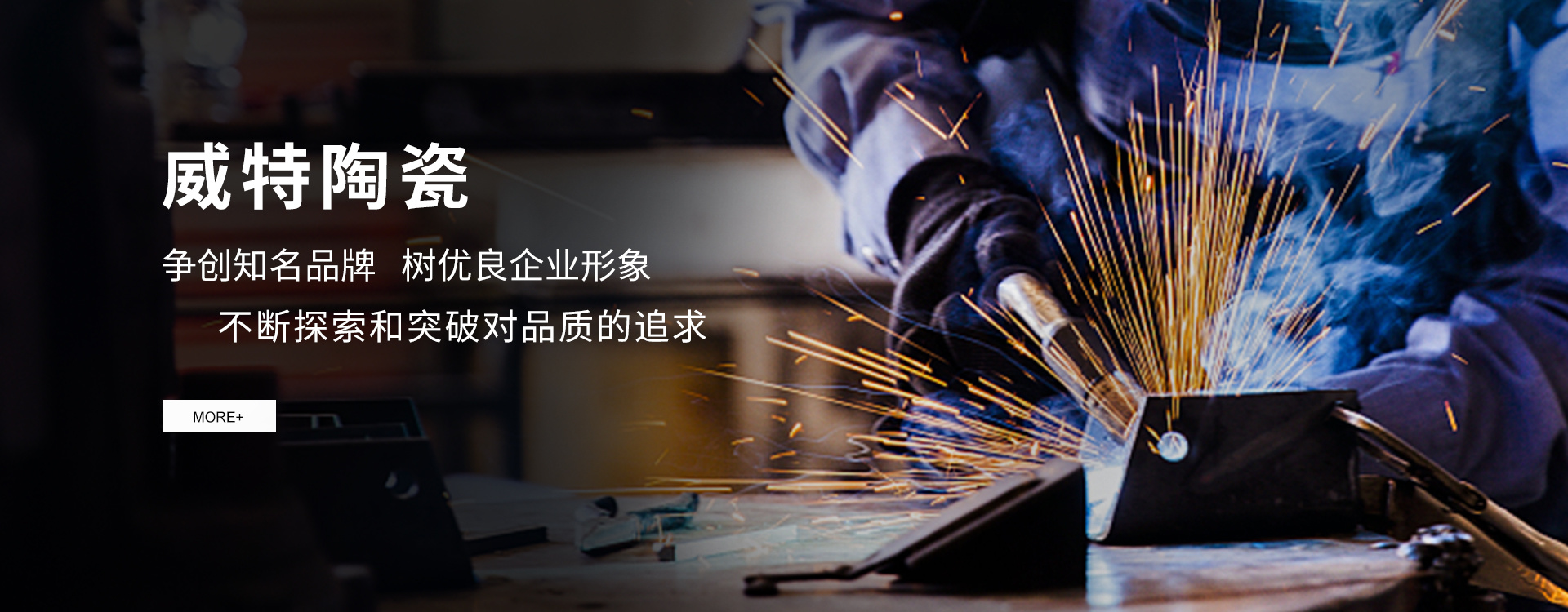
NEWS
What is a ceramic nozzle?
Release time:
2021-12-23
Ceramic nozzles are widely used, and ceramic nozzles are wear-resistant and chemical-resistant. The sprinkler irrigation function of ceramic nozzles in agriculture has changed the traditional sprinkler irrigation mode, making agricultural production gradually develop towards the road of science and technology. Spray quality and good flow accuracy with ceramic nozzles.

The traditional concept of ceramics refers to all artificial industrial products that use non-metallic minerals such as clay as raw materials. It includes a variety of products that are mixed, shaped and calcined from clay or clay-containing mixtures. Everything from rougher pottery to finer pottery falls into that range. Its main raw material is silicate minerals (such as clay, feldspar, quartz, etc.) from nature, so it belongs to industries such as glass, cement, enamel, refractory materials and "silicate industry".
Special ceramics "reproduce" very quickly under the promotion and cultivation of modern production and science and technology. Especially in the past 2 to 30 years, new varieties have appeared continuously, which is dazzling. According to the chemical composition is divided into:
Oxide ceramics alumina, zirconia, magnesia, calcium oxide, beryllium oxide, zinc oxide, yttrium oxide, titanium dioxide, thorium dioxide, uranium trioxide, etc.
Nitride ceramics: silicon nitride, aluminum nitride, boron nitride, uranium nitride, etc.
Carbide ceramics: silicon carbide, boron carbide, uranium carbide, etc.
Boride ceramics: boron-zirconium, boron-lanthanum, etc.
Silicide ceramics: silicon dioxide, molybdenum, etc.
Fluoride ceramics: magnesium fluoride, calcium fluoride, lanthanum trifluoride, etc.
Ceramic nozzles are very important parts, even the main parts, in various spray and sandblasting equipment.
Nozzle functions Nozzles can be roughly divided into spray nozzles, spray burners, sandblasting nozzles and special nozzles.
Classified by material, it can be divided into metal nozzles, plastic nozzles, ceramic nozzles, and alloy nozzles.
According to different industries, it can be divided into petrochemical nozzles, agricultural nozzles, textile nozzles, papermaking nozzles, environmental protection nozzles, spray nozzles, chemical nozzles, steel nozzles, and electronic version nozzles.
Classified by shape, it can be divided into hollow cone nozzles, solid cone nozzles, square nozzles, oval nozzles, fan nozzles, column flow nozzles, two-fluid nozzles, multi-fluid nozzles, etc.
Nozzles for special industries: fire nozzles, catalytic cracking nozzles, DESGO nozzles, particle nozzles, spray nozzles, etc.
What are ceramic nozzles used for?
Since the implementation of the Clear Water and Blue Sky Plan in 1998, the state has formulated a series of exhaust gas emission standards to control the emission of SOx sulfides and NOx nitrides. Because these are acidic gases and water is highly corrosive, nozzles made of ordinary metal materials cannot meet the process requirements, and silicon carbide nozzles fill the gap in the field. Another reason is that the lime pond used in the wet desulfurization process has a strong erosive effect, while the silicon carbide material and wear resistance are very strong, so the silicon carbide nozzle is the product of the desulfurization nozzle.
Recommend




